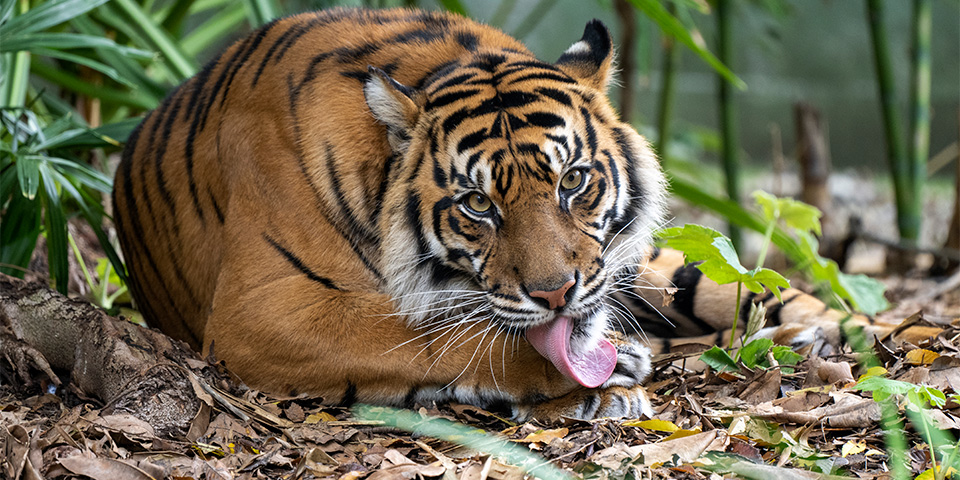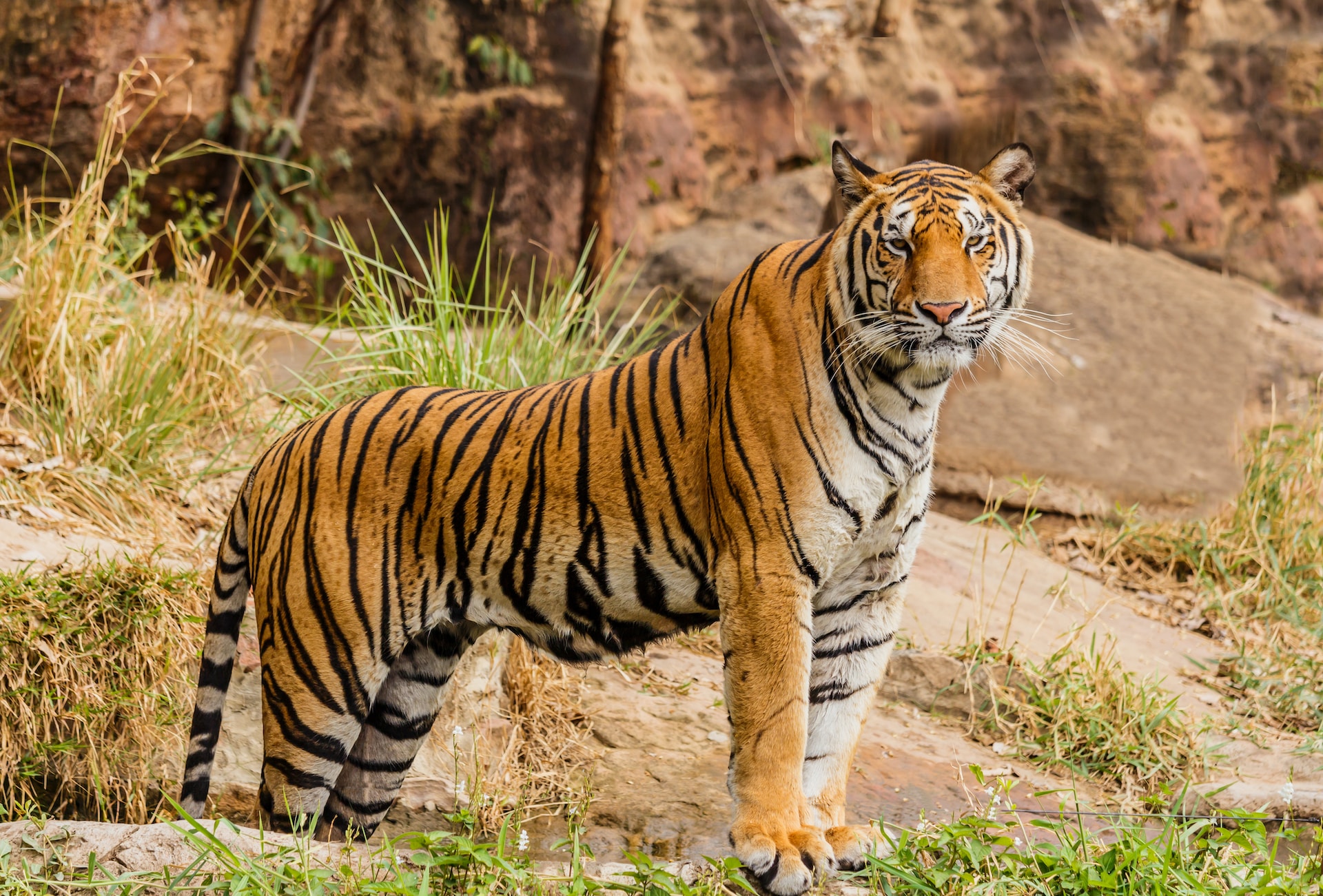Even Tigers Eat Grass Misconceptions and Explanations
Tigers are infamous for their carnivorous diet, preying on animals much larger than themselves. However, it has been observed that tigers occasionally consume grass as well, which has led to some misconceptions about their dietary habits. In this article, we will explore the reasons behind tiger’s grass consumption.
Do tigers ever eat grass?

Tigers are primarily carnivorous, feeding on a variety of prey such as deer, wild boar, and even other predators like bears or leopards. However, they have also been observed eating vegetation, including grass, leaves, and fruits. This may seem surprising since tigers are not equipped with the specialized digestive systems found in herbivores, but there are reasons why they consume these plant-based foods.
Misconceptions about tiger’s diet

There are several misconceptions about the diet of tigers that have persisted over time. These misconceptions can lead to misunderstandings about the behavior and ecology of these majestic animals, as well as contribute to their endangerment. In this essay, we will explore some of the most common misconceptions about tiger diets and why they are problematic.
Misconception 1: Tigers eat only meat While it’s true that tigers are obligate carnivores, meaning they require a diet of meat to survive, they don’t eat only meat. Tigers have been known to consume other foods like fruits, berries, and even grasses, albeit in small amounts. These non-meat items provide important nutrients and roughage that help the digestive system function properly.
Misconception 2: Tigers hunt and eat humans Contrary to popular belief, tigers do not actively seek out humans as prey. Human-tiger conflicts typically arise when people encroach on tiger habitats or engage in activities that provoke tigers, such as illegal poaching, logging, or mining operations. In rare instances where tigers have attacked humans, it is usually due to the animal being sick, injured, or old and unable to hunt successfully.
Misconception 3: Tigers prefer large prey While tigers are capable of taking down large prey like buffalo, deer, and wild pigs, they also hunt smaller prey like birds, rodents, and fish. In fact, tigers are opportunistic feeders, which means they will eat whatever prey is available in their environment. This flexibility enables them to adapt to changes in their habitat or prey availability.
Misconception 4: Tigers kill for fun Another common misconception is that tigers kill for pleasure or sport. This is not true – tigers only kill when hungry or when defending their territory. Unlike humans, tigers do not exhibit sadistic tendencies or engage in extraneous killing.
Misconception 5: Tigers eat only their entire prey While tigers are known to eat most of their prey, they don’t consume everything. After a kill, tigers will typically eat the heart, lungs, liver, and kidneys first before moving on to other parts of the animal. They may also leave behind parts like hooves, fur, and bones, which can be important sources of nutrients for other wildlife in the ecosystem.
Instances of tigers eating grass

While rare, there have been documented instances of tigers consuming grass. For instance, in 2019, a video of a tiger eating grass in India’s Pench Tiger Reserve went viral on social media. In another case, researchers studying Bengal tigers in Nepal observed a tiger nibbling on grass while resting in the shade. These observations suggest that grass consumption may be more common among tigers than previously thought.
Explanation behind tiger’s grass consumption
There are a few possible explanations for why tigers eat grass. One reason could be to aid digestion. When consumed in small amounts, grass can help clean out a carnivore’s digestive tract, removing any undigested materials and promoting bowel movements. Additionally, grass contains fiber that can help regulate the digestive system.
Another explanation is that tigers may consume grass as a source of nutrients. Tigers are known to eat the stomach contents of their prey, which often includes grasses and other vegetation. By consuming these plant-based foods, tigers may be supplementing their diet with additional vitamins and minerals.
Finally, some experts speculate that tigers may eat grass for medicinal purposes. In traditional Chinese medicine, tiger bone and other body parts are believed to have healing properties. It’s possible that tigers instinctively consume grass or other plants to address any internal health issues they may be experiencing.
In conclusion, while it may seem unusual for a carnivorous animal to eat grass, there are reasons why tigers consume plant-based foods. From aiding digestion to supplementing their diet with additional nutrients, grass consumption may have benefits for tigers. As always, it’s important to approach these observations with scientific curiosity and respect for these magnificent animals.